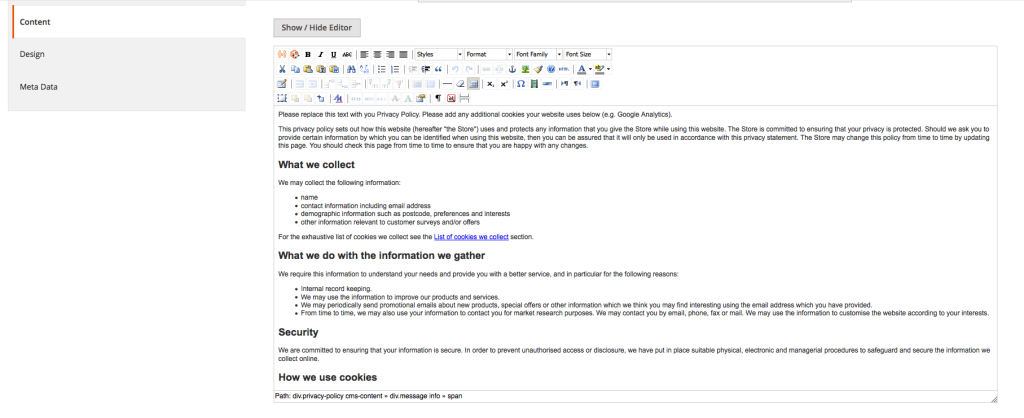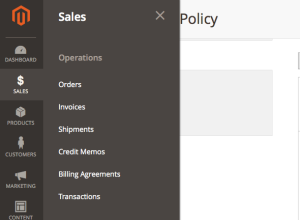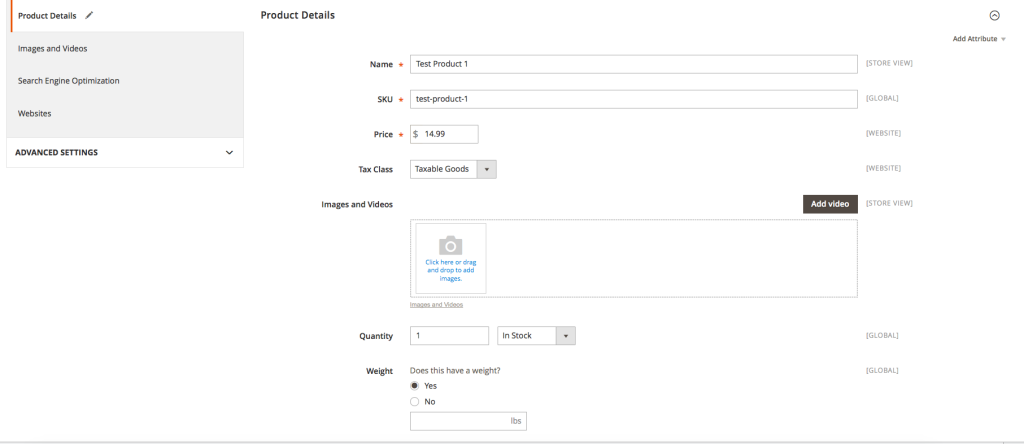1. Understanding The Positive Impact of Magento
With the release of Magento 2, many store owners and developers are wondering what impact this new code base will have on both web site performance and implementing custom functionality. To understand the reasons you need to keep an eye on Magento 2, you need to see what was overhauled from the earlier version of Magento. Throughout the last five years working with Magento, we have learned of the pros and cons with this e-commerce solution. One main advantage to using Magento is that it is a robust e-commerce solution that can work out of the box and allows for customization to fit the needs of your website. While Magento has grown since 2008 as a new e-commerce solution to one that controls the majority of the market share in e-commerce software, there are a few issues with the current version of Magento that needed to be addressed, such as:
2. Load Time
The current version of Magento Community, which is the free edition, does not include a full page caching mechanism and is not built for large volume of transactions within a short period of time. Magento 2, which requires the newest version of Mysql, version 5.6, was built to take advantage of enhancements to the Mysql database system to allow for better query processing, caching and re-indexing, which is a process Magento uses to ensure product data, inventory and urls are up to date after updating products, attributes or any other part of the catalog. The re-index system for Magento 2 is much more efficient and will have less impact on web site performance. In addition to requiring Mysql 5.6, it requires a more updated version of PHP, while including more caching mechanisms which produce faster page load times. Magento 2 was built with performance in mind and also offers flexibility in allowing you to work with other database systems such as Postgres, which some developers prefer to work with over Mysql.
3. Confusing Admin Interface
Magento 1 offers robust tools for a website owner to customize their site but we have heard many complaints about the admin user interface. It is not built for mobile design and has a layout that can be confusing and intimidating for first time users. Magento 2 solves this by introducing a more responsive and easy to navigate layout that gets you to where you want to go faster without overwhelming you with too many options to choose from. Best of all, the product page interface is easier to work with, you are not forced to click on 3-4 tabs to get a product created and, unlike Magento 1, you can easily add images and video to a product page. Video urls from Vimeo or Youtube can be inserted with ease for any product as this feature is now default for Magento 2. Here are some screenshots that show improvements in the admin user interface:
1.) Improved CMS Content Interface
Magento 2 includes a more robust WYSIWYG interface for you to create content pages or content cms blocks. You have more control over the style of each page with a more options to choose from. This gives you more power in content creation.
2.) Improved Admin Menu Navigation
Navigating to system configuration, products or sales can be a hassle with magento 1 and, for the inexperienced user, can take a lot of time to navigate/memorize. Magento 2 has a new menu interface that is easier to process and built logically, separating components such as system configuration, products, customers and metrics (marketing). This will give you more confidence in operating your store and will save you time so you can perform tasks faster and spend more time focusing on your business.
3.) Improved Product Page/Creation Interface
Creating a product is so much easier with Magento 2. Enter a few fields, add images or video and save.
4. Customer User Interface Experience
While Magento 1 offers a one page checkout, it involves 4-5 steps for a customer to navigate through before they can review and submit their order. Magento 2 addresses this with a 2 step checkout process that is easier to view and navigate. It also is more flexible in allowing guests to log in to their account and then continue their checkout process. Normally a smoother checkout experience, for Magento 1, would require either customization or a new module entirely to replace the default checkout.
5. Full Page Caching
With Magento 1, site load speed has been a concern for many customers and clearly that will have an impact on visitors staying on the site and will directly impact sales conversion rates. One benefit of Magento 1 Enterprise was that it includes full page caching which allows faster rendering of key pages on your site. Magento 2 solves this problem by including it in Community, not just Enterprise, so you can run optimized pages that will load faster for your customers.
We’ve completed a few and are in the works on some Magento 2, Community and Enterprise, websites. Don’t hesitate to contact us if you are considering upgrading your Magento 1 website or are considering migrating to Magento 2.
Magento Development Lead







